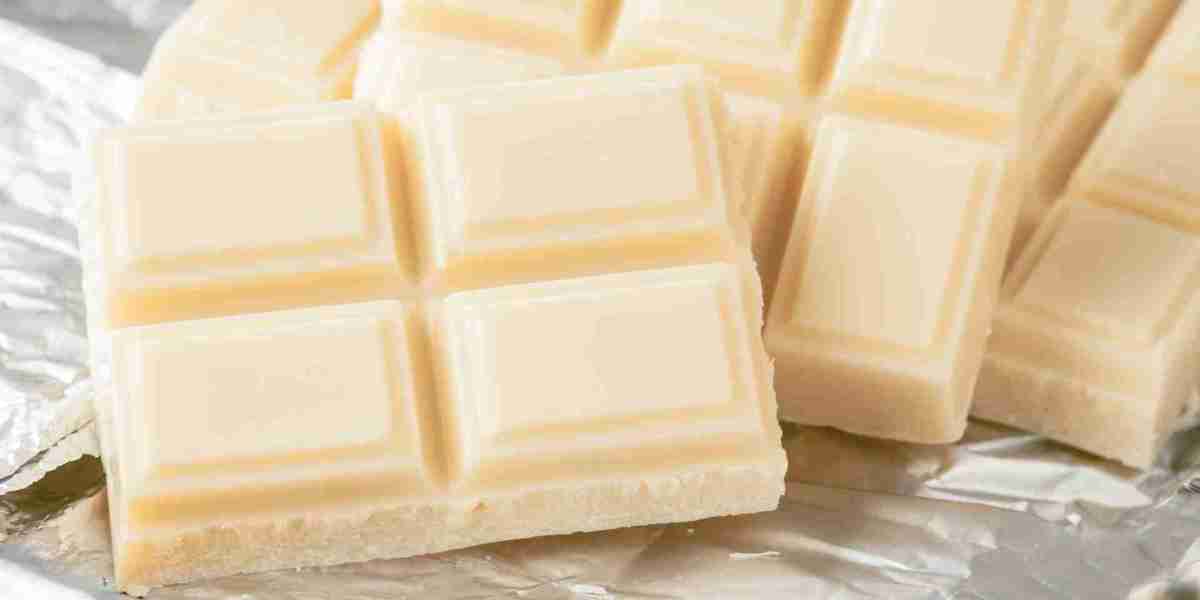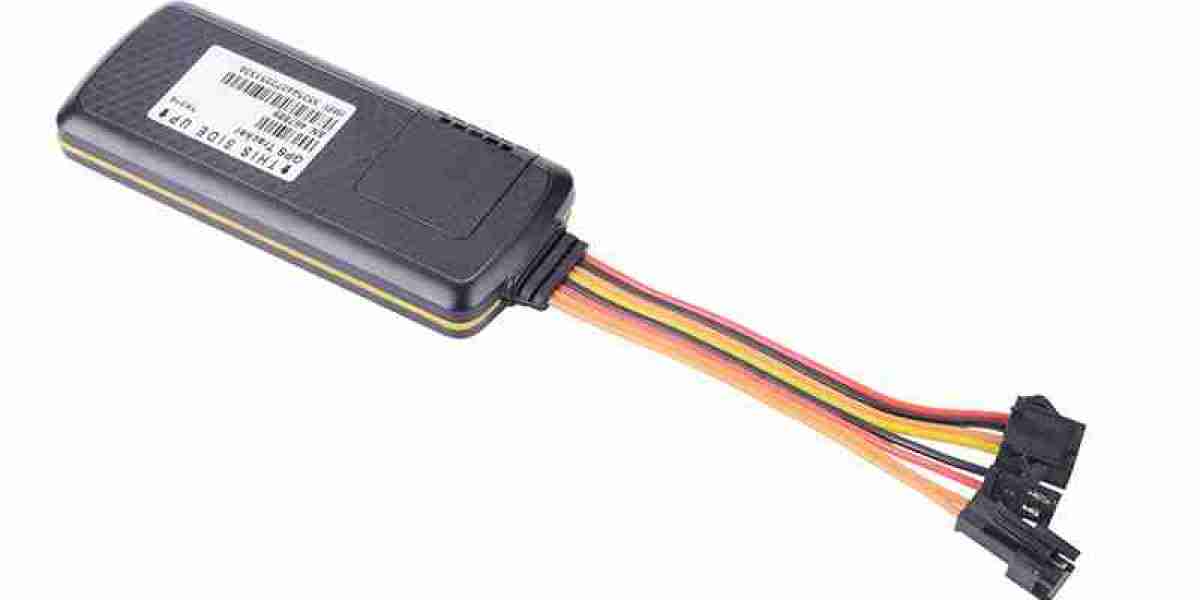The food industry has witnessed significant evolution over the years, with food coatings emerging as a crucial component in enhancing food appearance, shelf life, and sensory characteristics. Traditional food coatings have often used titanium dioxide (TiO₂), a widely-used white pigment, to improve the aesthetics of products and provide UV protection. However, increasing concerns over the safety and health risks associated with titanium dioxide have led to a shift towards titanium dioxide-free food coatings. This article explores the dynamics of the titanium dioxide-free food coating market, analyzing the key drivers, challenges, trends, and opportunities.
1. Health and Safety Concerns
Titanium dioxide has long been a staple in the food industry, particularly as a whitening agent for confectionery, dairy products, and bakery items. However, in recent years, health concerns have emerged regarding the consumption of titanium dioxide, especially in its nanoparticle form. Studies have raised alarms about its potential impact on human health, including its links to digestive issues, inflammation, and potential carcinogenic effects when consumed in excessive amounts.
The European Food Safety Authority (EFSA) has revised its stance on titanium dioxide, declaring it no longer safe for consumption as a food additive. This decision has prompted regulatory bodies in various regions to reevaluate the use of TiO₂ in food products, driving the demand for titanium dioxide-free alternatives.
2. Regulatory Changes and Industry Adaptation
As a result of mounting health concerns, regulatory bodies, especially in Europe, have started restricting the use of titanium dioxide in food products. The European Commission banned TiO₂ in food products starting from 2022, sparking a ripple effect across the global food industry. Countries and regions that had previously permitted its use are now revisiting their regulations, encouraging food manufacturers to explore safer alternatives.
This regulatory shift has had a profound impact on the food coating industry. Manufacturers are now compelled to find replacements for TiO₂ to comply with safety standards while still meeting consumer demands for high-quality food products. As the regulatory landscape evolves, the titanium dioxide-free food coating market is expected to grow in response to these changes.
3. Shifting Consumer Preferences
Modern consumers are increasingly conscious of the ingredients in their food. There is a growing preference for natural, clean-label products, and a strong desire to avoid synthetic additives and chemicals. This shift in consumer behavior has influenced food manufacturers to adopt more natural and transparent approaches to food production.
As awareness of the potential risks of TiO₂ grows, consumers are increasingly looking for products that are free from artificial additives, including titanium dioxide. The clean-label trend has therefore become a significant driver for the demand for titanium dioxide-free food coatings. Consumers are also attracted to products that emphasize health and wellness, and this trend is expected to continue shaping the market.
4. Technological Innovations and Alternatives
In response to the demand for titanium dioxide-free alternatives, food scientists and manufacturers have been exploring new technologies and materials to replace TiO₂ in food coatings. Some of the most promising alternatives include natural pigments derived from fruits, vegetables, and spices. For example, beet juice, spirulina, and turmeric are being explored for their potential as natural coloring agents that can provide similar aesthetic benefits without the health risks associated with TiO₂.
Furthermore, advancements in edible films and coatings made from biopolymers, such as cellulose, chitosan, and alginate, are gaining traction. These biopolymer-based coatings not only provide a safe, sustainable alternative to TiO₂ but also offer additional benefits such as improved food preservation and enhanced shelf life. The growing emphasis on sustainability and eco-friendly solutions is likely to drive the adoption of such innovations in the market.
5. Market Challenges
Despite the clear benefits of titanium dioxide-free food coatings, there are challenges in replacing TiO₂ in food products. One of the primary concerns is achieving the same level of visual appeal and functionality that TiO₂ provides. TiO₂ is prized for its ability to create a bright, white appearance and improve the opacity of food products. Finding alternative ingredients that offer comparable properties in terms of texture, appearance, and stability can be difficult.
Additionally, there is a need for extensive research and testing to ensure that alternative coatings do not compromise the taste, texture, or safety of food products. Regulatory approval for new ingredients can also be a lengthy and costly process, posing another barrier for manufacturers looking to transition away from TiO₂.
6. Opportunities and Growth Potential
Despite these challenges, the titanium dioxide-free food coating market presents significant growth opportunities. The increasing adoption of clean-label products and the growing demand for natural and organic ingredients will likely drive further innovation and investment in this market. Manufacturers that can successfully develop and scale titanium dioxide-free food coatings that meet both consumer expectations and regulatory standards will have a competitive edge.
In addition, as sustainability becomes a key focus for the food industry, there is considerable potential for biopolymer-based food coatings to gain market share. These environmentally friendly alternatives not only address health concerns but also align with the global shift toward more sustainable food production practices.
Conclusion
The dynamics of the titanium dioxide-free food coating market are being shaped by growing health concerns, changing regulations, evolving consumer preferences, and technological innovations. As manufacturers seek to meet the demand for cleaner, safer, and more sustainable food products, the market for titanium dioxide-free alternatives is poised for significant growth. With continuous advancements in natural and biopolymer-based coatings, the future of food coatings looks promising, offering a healthier, more transparent approach to food production.



